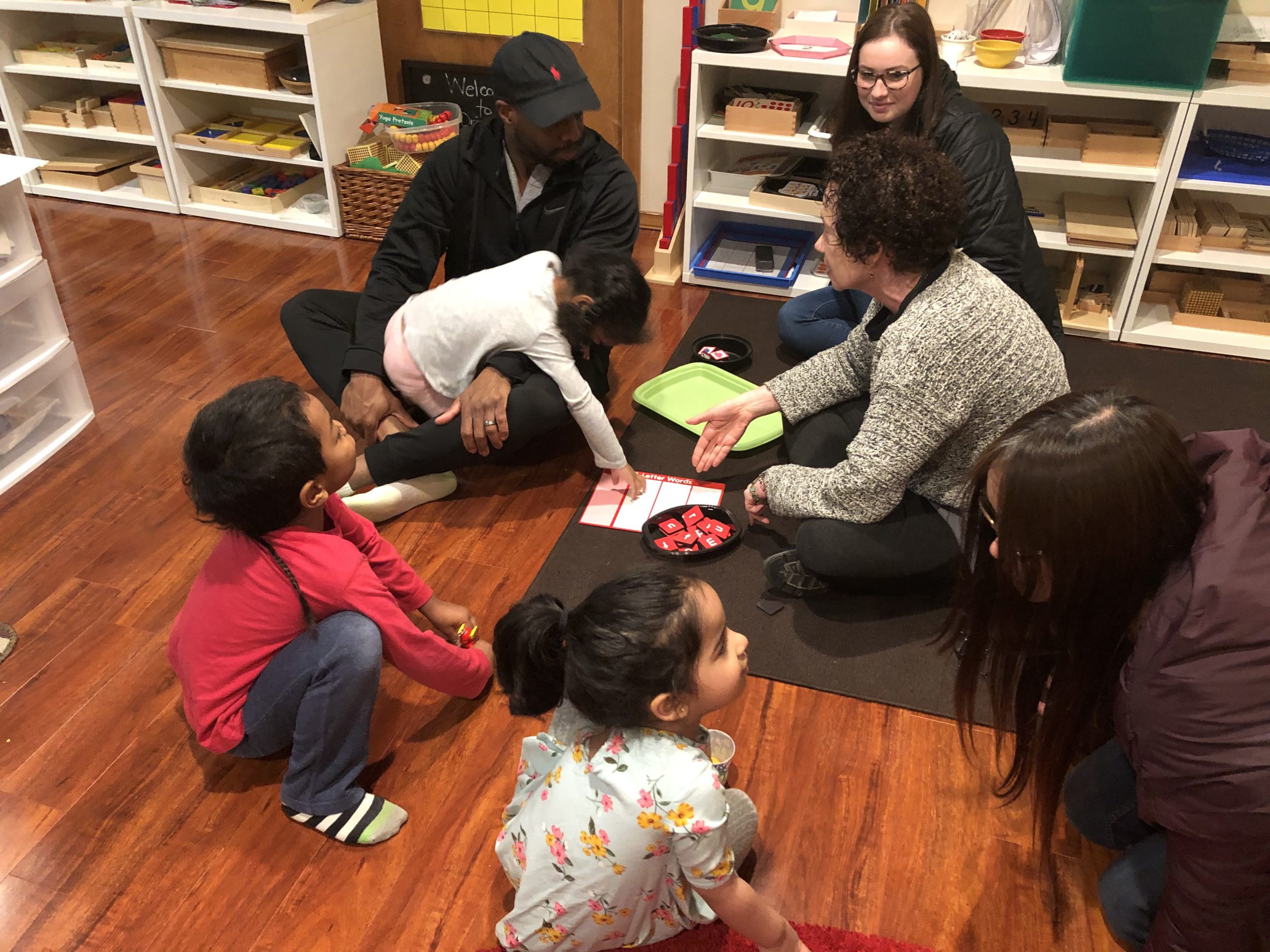Why Montessori


When Dr. Montessori first designed her teaching materials, the concept of self-correction was very important to her. This self-correcting feature enables each child to develop independence, as well as fosters the child’s ability to progress at the pace that is unique and perfect for themselves.
An active learning style is nurtured in Montessori classrooms. The children are encouraged to seek answers to their questions, to follow their interests, and to develop to their fullest potential. The curriculum serves to answer each child’s needs, rather than bind each child in a rigid sequence. The children are motivated to learn and to excel, and consequently are empowered by feelings of intrinsic satisfaction and self-confidence.
Each classroom is a living community. The children have the opportunity to establish friendships not just amongst their own age groups, but also with children younger and older than themselves. The mixed aged groupings create relationships that are satisfying to all.
